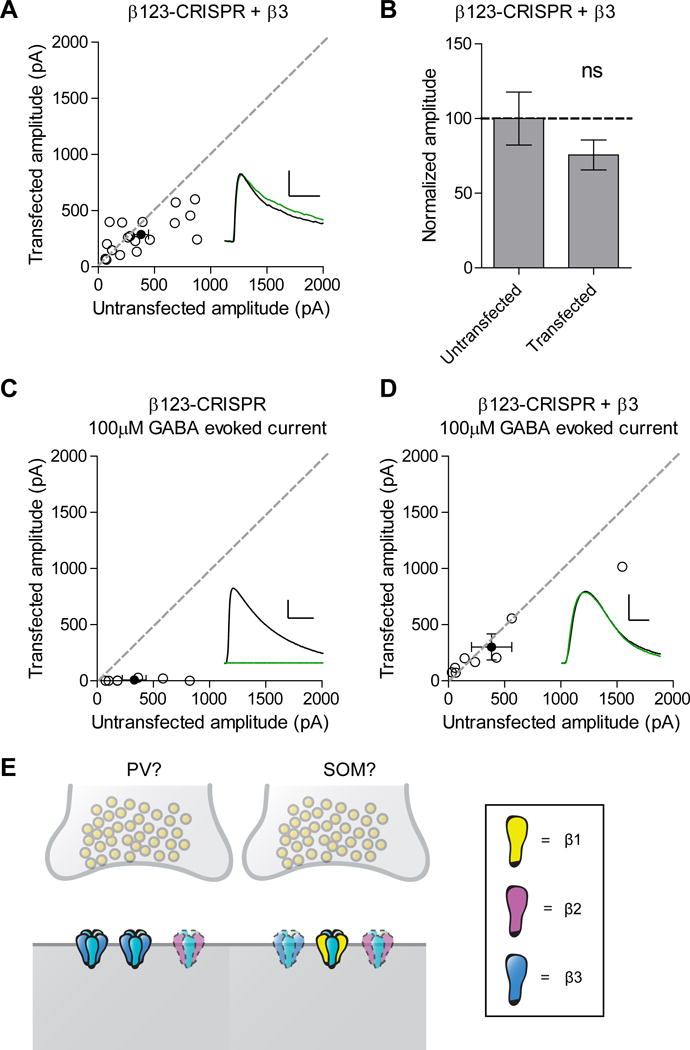Figure 4. GABAA β3 subunit is sufficient to restore inhibitory transmission.

A) Scatter plot showing expression of β3 on the background of the triple β subunit CRISPR is able to restore inhibitory synaptic currents (p = 0.1071, n = 18). B) Summary graph of A. C) Scatter plot showing no responses to a 100μM puff of GABA in cells transfected with the triple β subunit CRISPR compared to controls (*p = 0.0156, n = 7). D) Scatter plot showing rescue of responses to a 100μM puff of GABA in cells transfected with the triple β subunit CRISPR and β3 (p = 0.5, n = 8). E) Our model proposes the existence of two different types of inhibitory synapses, corresponding to PV and SOM-mediated inputs. One has GABAARs with β3 and possibly β2 subunits and one has receptors comprised of all three β isoforms. Receptors containing β2 are more opaque and outlined with a dashed line at both types of synapses and receptors containing β3 are more opaque and outlined with a dashed line at the SOM synapse to highlight the low expression levels of these subunits. For panels A and C-D, open circles are individual pairs, filled circle is mean ± s.e.m. Black sample traces are control, green are transfected. Scale bars represent 100 pA and 50 msec for A and 200 pA and 1 sec for C-D. For panel B summary graph plots mean transfected amplitude ± s.e.m, expressed as a percentage of control amplitude. See also Figure S2 and S5.
